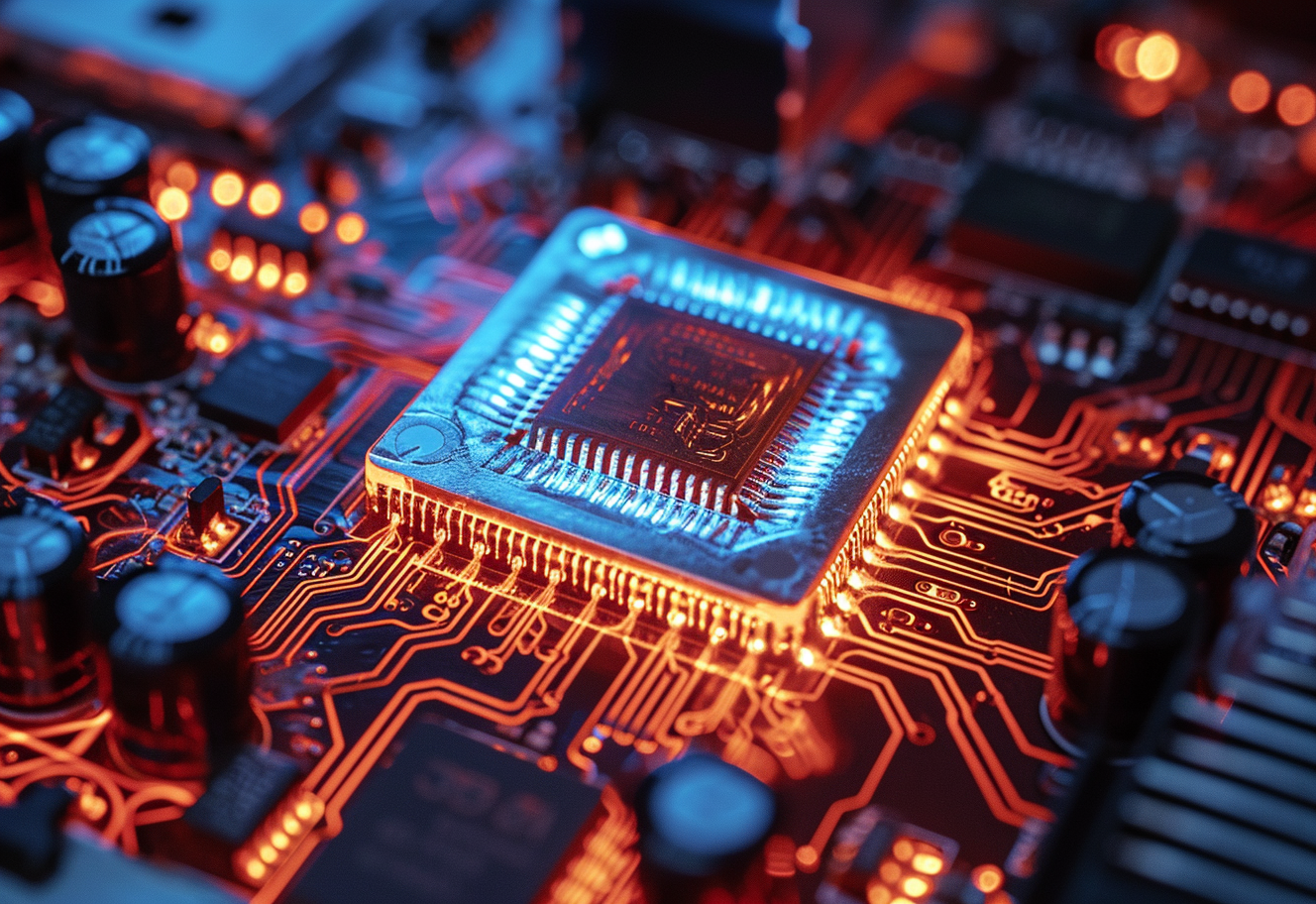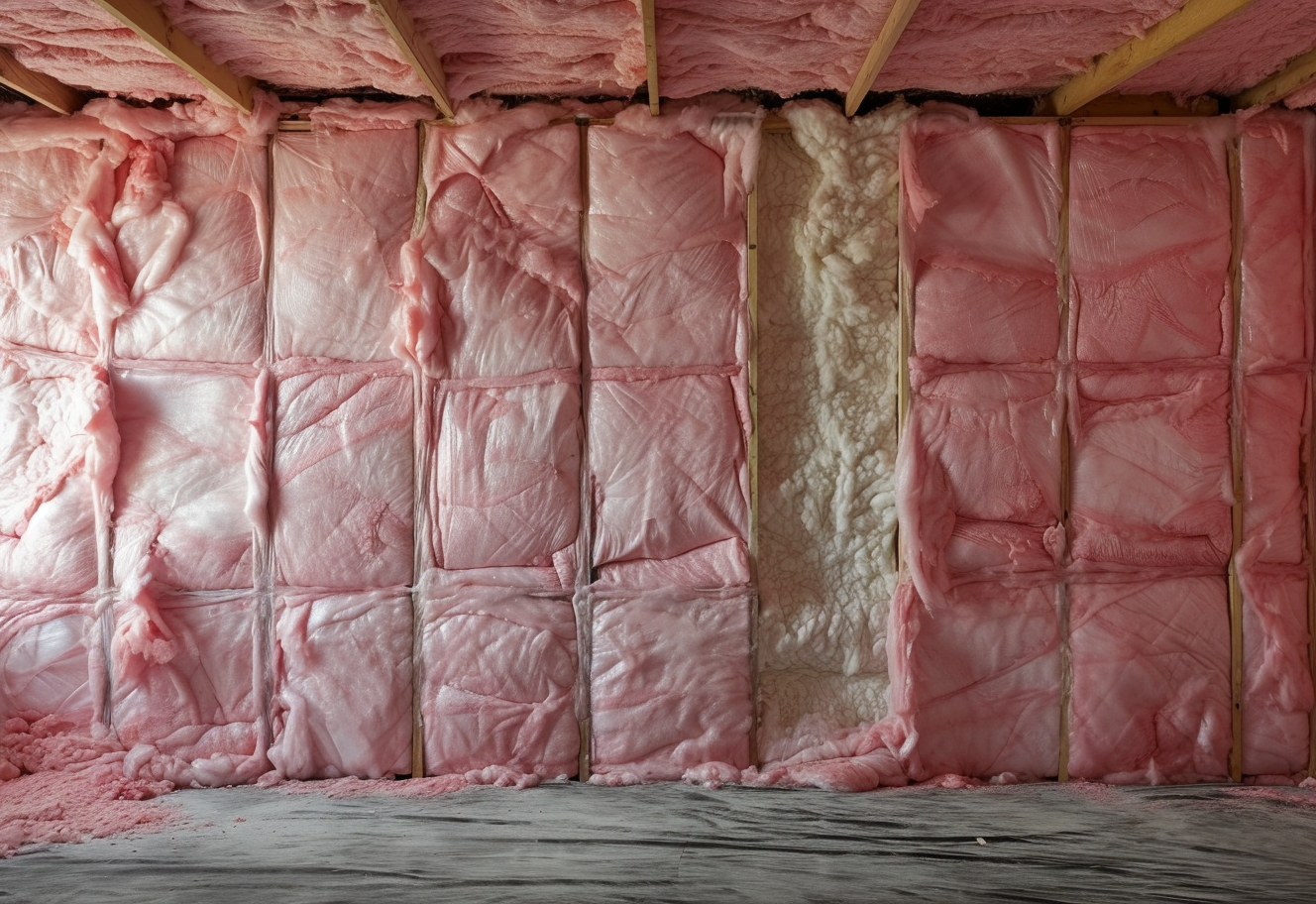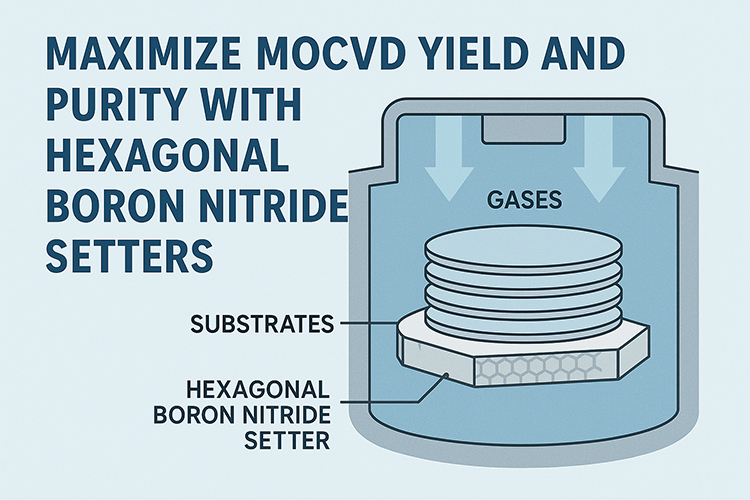Main Applications of Boron Nitride Ceramics
Boron nitride, a compound forged from the union of boron and nitrogen, stands as a versatile material with an array of applications across industries. In this exploration, we delve into the numerous applications of BN, shedding light on its pivotal role in technology, manufacturing, and scientific research.
1. Thermal Management in Electronics
BN's outstanding thermal conductivity makes it an indispensable player in thermal management for electronic devices. Serving as a highly efficient heat sink material, boron nitride dissipates heat generated by electronic components, ensuring optimal device performance. This application is critical for devices like computers, LEDs, and high-power electronic circuits, contributing to their longevity and sustained functionality.
As electronic devices continue to shrink in size and increase in complexity, the need for efficient thermal management becomes paramount. Its role in electronic packaging materials addresses this challenge, facilitating the seamless functioning of ever-evolving electronic technologies.

2. Lubrication and Anti-Friction Coatings
BN's lubricating properties make it an excellent candidate for applications requiring reduced friction and wear. Whether in the form of coatings or additives, boron nitride contributes to the development of high-performance lubricants. These lubricants find applications across diverse industries, including automotive, aerospace, and manufacturing equipment, where minimizing friction is essential for efficiency and prolonged equipment life.
The stability of boron nitride at extreme temperatures and its oxidation resistance set it apart from traditional lubricants. By actively reducing friction, boron nitride-based solutions contribute to increased energy efficiency and extended equipment lifespan.
3. Advanced Ceramics and Composites
BN's exceptional mechanical properties and high thermal stability make it a valuable component in advanced ceramics and composites. In applications where superior strength, hardness, and resistance to heat are essential, boron nitride is incorporated into ceramic matrices or composite structures.
Industries such as aerospace and defense benefit significantly from boron nitride-reinforced ceramics. Components subjected to high-temperature environments, from engine parts to protective shields, rely on the combination of BN's properties, ensuring reliability under extreme conditions.
4. Mold Release Agent in Manufacturing
BN's non-stick properties find practical application in manufacturing processes as a mold release agent. Applied to molds used in the production of plastics, metals, and ceramics, boron nitride prevents materials from sticking to mold surfaces.
Industries such as injection molding and metal casting benefit from this application, ensuring efficient release of molded objects and maintaining production efficiency. BN's effectiveness as a mold release agent streamlines manufacturing processes, reduces production costs, and enhances overall efficiency.
5. Insulating Materials for High-Voltage Equipment
With its excellent electrical insulating properties, boron nitride is employed in the production of insulating materials for high-voltage equipment. These insulators play a crucial role in electrical systems, transformers, and high-voltage power cables. Boron nitride's ability to resist electrical conductivity, even at high temperatures, ensures the safety and reliability of electrical infrastructure.
In comparison to traditional insulating materials, boron nitride offers advantages such as thermal stability and resistance to arcing. These properties make it a preferred choice in applications where maintaining electrical insulation is paramount.

6. Crucibles for High-Temperature Processes
BN's ability to withstand extreme temperatures without significant deformation makes it an ideal material for manufacturing crucibles used in high-temperature processes. Industries such as metallurgy, where molten metals are processed at elevated temperatures, benefit from boron nitride crucibles.
The non-wetting property of boron nitride ensures that molten metals do not adhere to the crucible walls, allowing for cleaner and more efficient processing. BN's use in crucibles contributes to improved metal quality and reduced contamination.
Further Reading: An Overview of Boron Nitride Crucible
7. Nanomaterials and Nanocomposites
BN's unique structure and properties at the nanoscale make it a subject of interest in applications involving nanomaterials and nanocomposites. As a nanomaterial, boron nitride exhibits excellent mechanical strength, thermal conductivity, and chemical stability. Researchers explore its potential in reinforcing polymers, creating nanocomposites with enhanced mechanical and thermal properties.
In fields such as material science and nanotechnology, BN's role in developing advanced materials opens avenues for innovations in areas like lightweight structural components and heat-resistant coatings.
8. Biomedical Applications
Beyond traditional applications, boron nitride is finding its way into the biomedical field. Researchers are exploring its use in drug delivery systems, leveraging its biocompatibility and chemical stability. Boron nitride nanoparticles show promise in targeted drug delivery, ensuring controlled release and improved therapeutic efficacy.
Additionally, BN's potential in biomedical imaging is being explored. Its unique properties make it suitable for certain types of imaging techniques, contributing to advancements in medical diagnostics and research.
9. Cutting-Edge Electronics
BN's thermal and electrical properties make it a promising material for cutting-edge electronics. In the development of advanced transistors, nanoelectronics, and quantum computing components, boron nitride's role as a substrate and insulating material is crucial. Its ability to provide a stable platform for delicate electronic components contributes to the progress of next-generation electronic devices.
As the demand for faster, smaller, and more efficient electronic components continues to rise, boron nitride's contribution to cutting-edge electronics is expected to grow, driving innovations in the field.
Further Reading: Boron Nitride Overview: Properties, Production, and Uses
Conclusion
In conclusion, the applications of boron nitride are as diverse as its remarkable properties. From enhancing thermal management in electronics to serving as a mold release agent, insulating materials, a key component in advanced ceramics, and a promising material for cutting-edge electronics and biomedical applications, boron nitride showcases its versatility across various industries.
As industries continue to seek materials with unique combinations of properties, the importance of boron nitride is poised to grow. Its contributions to efficiency, durability, and innovation underscore its significance in shaping the landscape of modern technology and manufacturing processes. As we look ahead, the evolving applications and continued research into boron nitride promise further breakthroughs, solidifying its role as a valuable and versatile material across multiple domains.
{{item.content}}
LEVE A REPLY
{{item.children[0].content}}
{{item.content}}
LEAVE A REPLY
SUBSCRIBE OUR NEWSLETTER
- Boron Nitride in Cosmetics: Enhancing Performance and Sensory Appeal
- Maximize MOCVD Yield and Purity with Hexagonal Boron Nitride Setters
- What Are the Advantages and Uses of Boron Nitride Ceramic Sheet?
- The Compression Annealing Advantage for Pyrolytic Boron Nitride
- Beyond Insulation: The Surprising Spectrum of Ceramic Thermal Conductivity











